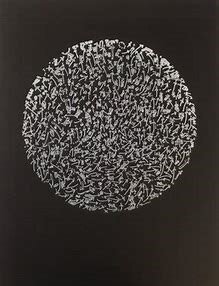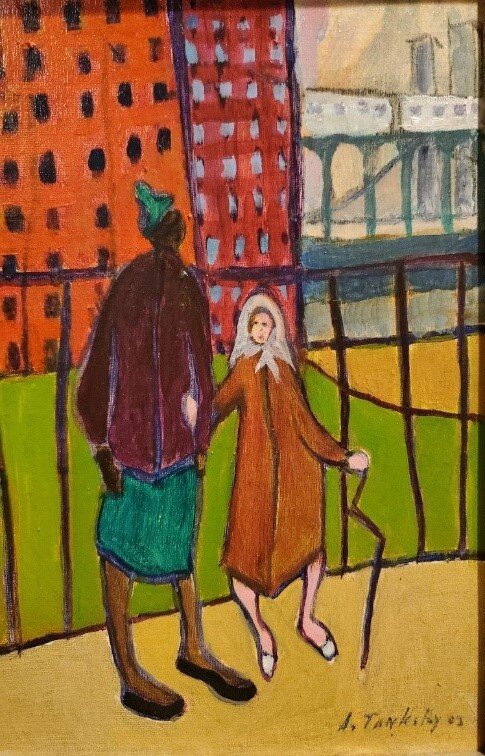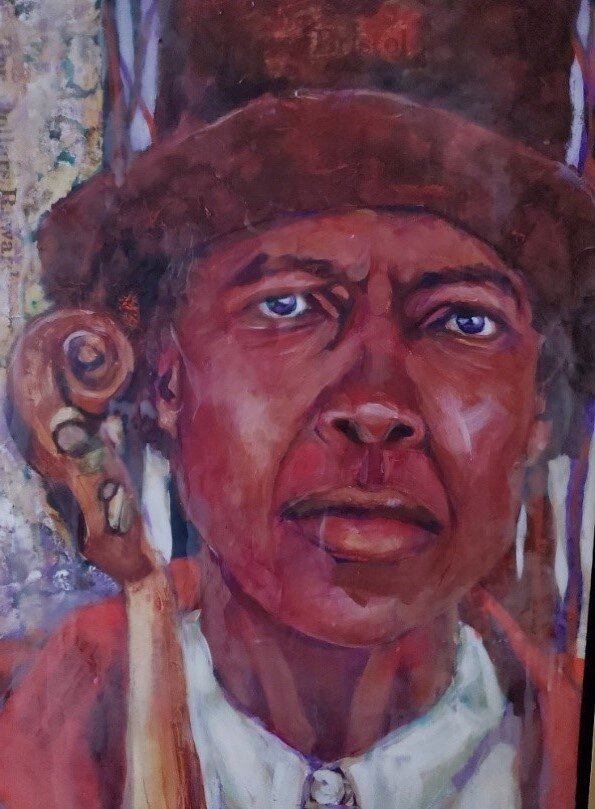Are you living true to yourself? You get rewarded by being you. Adrian Migadde
Adrian Migadde (B. 1989, Uganda) lives and explores deep “Spirituality,” and it sings loudly in his artwork. With simplicity, depth, and power his paintings’ voice is consistent with Bob Marley’s personal, humanist, spiritual side. The voice says: "Wake Up and Live.” Like Bob Marley, Adrian believes “self-realization and freedom are deeply interconnected; self-realization is discovering and embracing one’s true identity, achieving spiritual awakening, and breaking free from mental chains; freedom encompasses physical (and mental) liberation from oppression, spiritual freedom aligned with divine will, and the ability to express oneself authentically.” ChatGPT. Adrian’s striving for spirituality simultaneously creates works deeply personal but with “open to interpretation” meanings, at times disorienting, depending on the viewer’s lens. We explore the duality in Adrian Migadde’s thinking, which manifest in his paintings. Beyond philosophy, his paintings are honest, scholarly, challenging in the use of symbols, metaphors, colors; they evoke feelings and tell his story.
Read More



